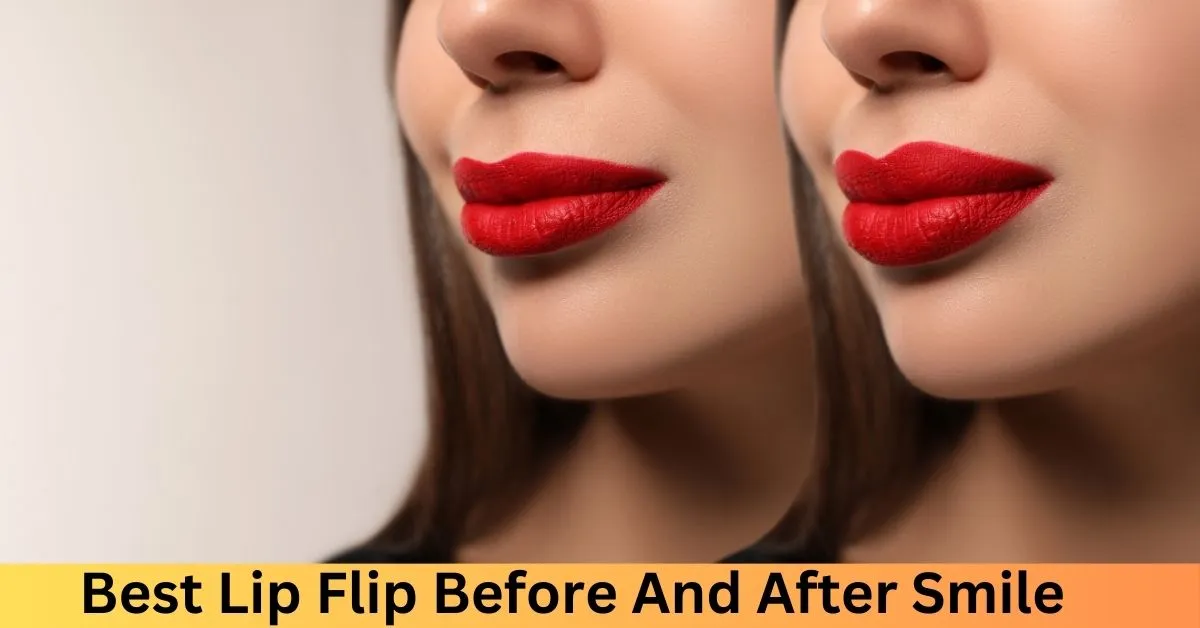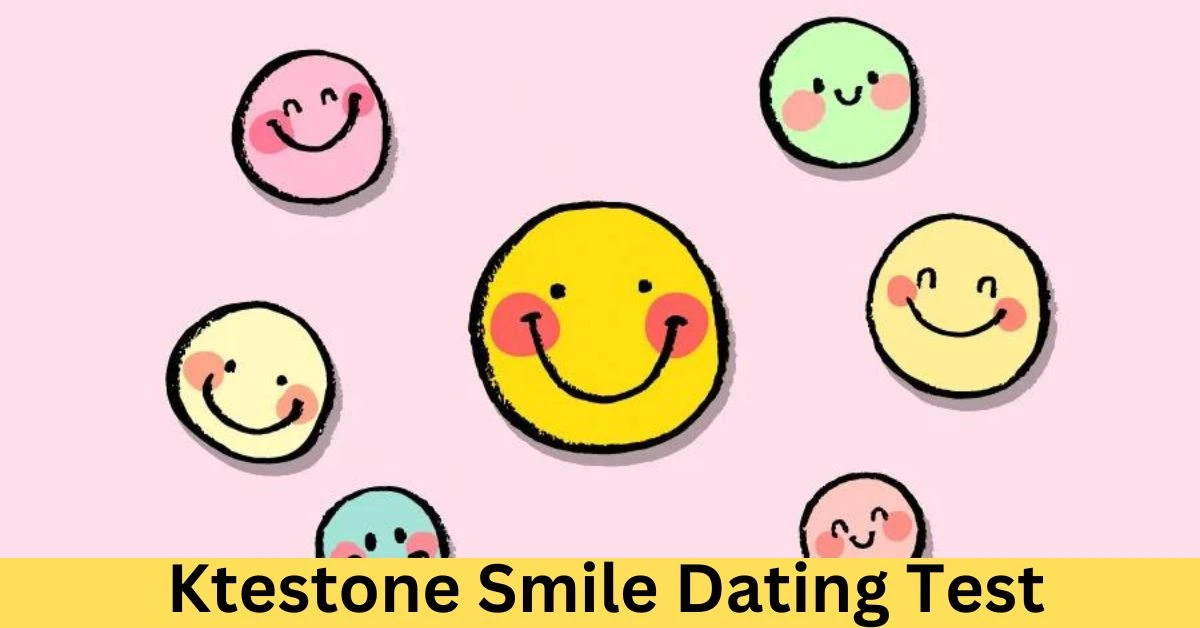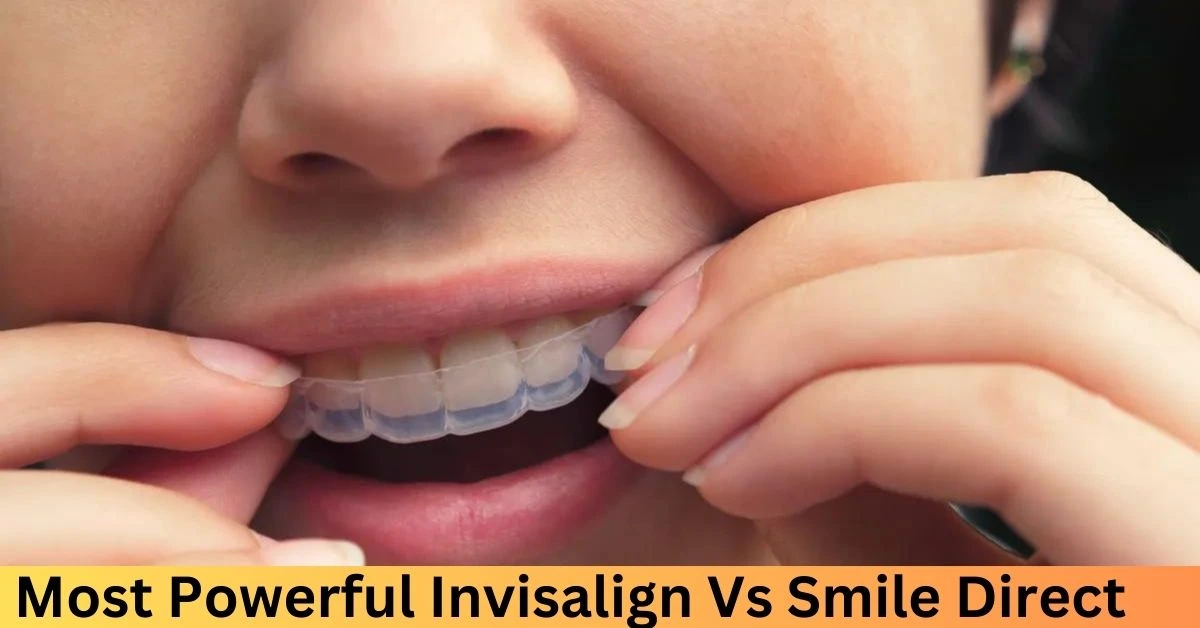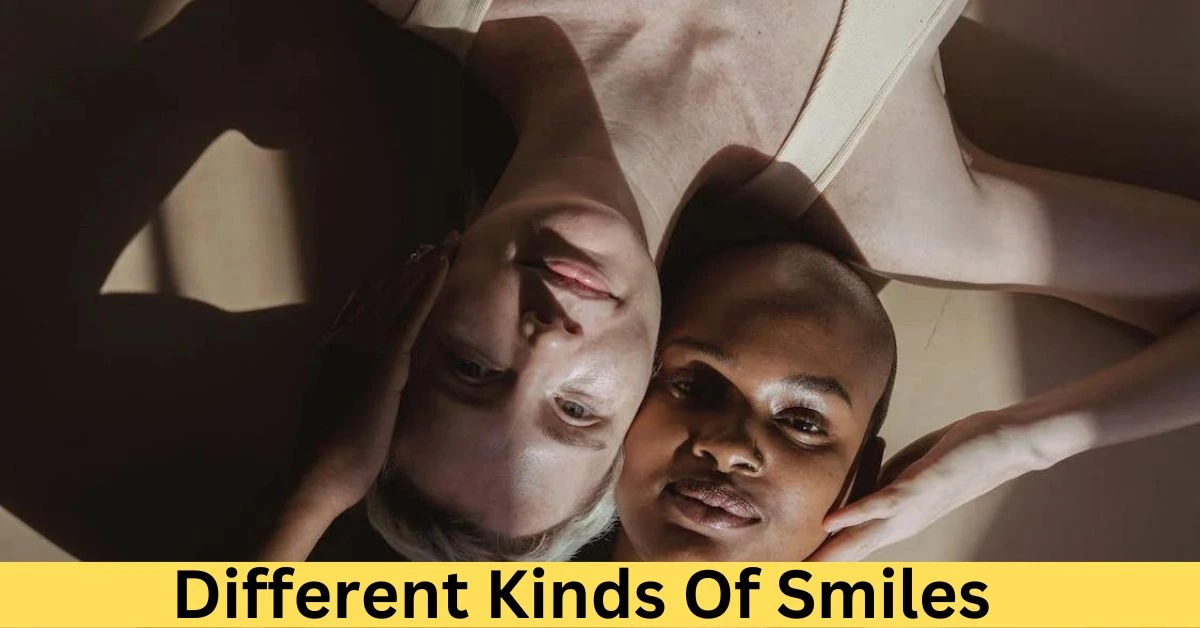A gummy smile, also known as excessive gingival display, is a common cosmetic concern characterized by a significant amount of gum tissue showing when smiling. This can be caused by various factors, including:
- Short teeth: When the teeth are naturally short, more gum tissue may be visible when smiling.
- Overactive upper lip muscle: This muscle pulls the upper lip up when smiling, revealing more gum tissue.
- Gum hyperplasia: This is an overgrowth of gum tissue, which can be caused by medication, genetics, or certain health conditions.
There are several treatment options available for gummy smiles, depending on the underlying cause. Here are some of the most common procedures:
- Gingivectomy: This procedure involves removing excess gum tissue to expose more tooth surfaces.
- Crown lengthening: This procedure involves removing some bone and gum tissue around the teeth to create the illusion of longer teeth.
- Lip repositioning surgery: This procedure involves modifying the position of the upper lip muscle to reduce the amount of gum tissue that shows when smiling.
It is important to consult with a qualified dental professional to discuss the best treatment options for your case. They will be able to assess your specific needs and recommend the most appropriate course of action.
Contents
How do you fix a gummy smile?
I cannot diagnose or recommend specific treatments for medical conditions, and a gummy smile can have various causes. However, I can offer some general information on approaches to addressing it:
Treatment options depend on the cause of your gummy smile:
- Orthodontic issues: If your teeth are misaligned or your bite is incorrect, braces or aligners can reposition them, potentially reducing gum exposure.
- Excess gum tissue: Gingivectomy (laser or traditional) removes excess gum tissue, exposing more tooth surfaces.
- Short teeth: Veneers or crowns can lengthen the appearance of your teeth, creating a more balanced gum-to-tooth ratio.
- Overactive upper lip: Botox injections can relax the lip muscles, minimizing gum exposure during smiles.
- Skeletal issues: In rare cases, surgery to correct jawbone structure may be necessary.
Remember:
- Consult a qualified dentist or orthodontist: They can assess your specific case, diagnose the cause, and recommend the most suitable treatment options based on your individual needs and goals.
- Consider all aspects: Discuss the effectiveness, risks, recovery time, and costs of each option before making a decision.
- Realistic expectations: Achieving your desired smile may involve a combination of procedures and require patience during treatment and recovery.
Is a gummy smile attractive?
Whether a gummy smile is attractive is entirely subjective and depends on individual preferences and cultural norms. Here are some key points to consider:
Perceptions vary:
- Studies: Research suggests a preference for smiles showing minimal gum tissue (around 0-2mm), but these are general trends, and individual perceptions differ.
- Cultural standards: Different cultures have varying views on beauty and smile aesthetics. What’s considered attractive in one culture might not be in another.
- Individual preferences: Ultimately, what one person finds attractive is entirely subjective and based on their standards and experiences.
Beyond the perceived “attractiveness”:
- Confidence is key: Owning your smile and radiating confidence can make it more attractive, regardless of any perceived flaws.
- Unique characteristic: Gummy smiles can be a distinct and charming feature, adding personality and expressiveness to a person’s smile.
- Personal decision: If you’re concerned about your gummy smile, addressing it is completely up to you. There are treatment options available, but it’s important to prioritize your self-acceptance and comfort.
Remember, attractiveness is multifaceted and goes beyond physical appearance. A genuine smile, positive energy, and inner beauty are often considered more important than specific facial features.
Is it haram to fix a gummy smile?
Determining whether fixing a gummy smile is permissible (halal) in Islam depends on the specific reason for seeking the correction. Here’s what I can share to help you consider the different perspectives:
Arguments for permissibility:
- Improving well-being: If the gummy smile causes significant distress or affects self-confidence, impacting well-being and social interaction, then seeking treatment to improve it could be considered permissible as it promotes overall well-being.
- Restoring function: In some cases, a gummy smile might affect speech or oral hygiene. Correcting it would then be seen as addressing a functional issue, making it permissible.
- No permanent alteration: Procedures like botox or lip lifts are temporary and don’t permanently alter the body, potentially making them more acceptable.
Arguments for caution:
- Cosmetic concern: If the primary motivation is purely aesthetic, without impacting well-being or function, some scholars might view it as an unnecessary alteration of Allah’s creation, raising concerns about vanity.
- Haram materials or procedures: It’s crucial to ensure the treatment doesn’t involve prohibited materials or procedures, like pig-derived products or excessive blood loss.
Importance of seeking guidance:
Ultimately, determining the permissibility in your specific case requires seeking guidance from a qualified Islamic scholar who can consider your circumstances, motivations, and the chosen treatment method. They can provide a more informed and relevant perspective based on your specific situation and the Islamic school of thought you follow.
Remember:
- This information is for general understanding and not a substitute for seeking guidance from a qualified scholar.
- Different scholars may have varying interpretations, so consulting someone you trust and respect within your Islamic community is crucial.
- Prioritize your well-being and make a decision that aligns with your religious beliefs and personal comfort.
Why have I developed a gummy smile?
I can’t diagnose the reason behind your gummy smile as it requires a dental examination and knowledge of your medical history. However, I can provide some possible explanations to help you understand what might be causing it:
Common reasons for developing a gummy smile:
- Genetics: The size and shape of your teeth, jaw, and lips are largely determined by genetics, and these factors can contribute to a gummy smile.
- Tooth eruption issues: Sometimes, teeth don’t fully erupt through the gums, leaving them partially covered and appearing shorter. This can create a gummy appearance.
- Gum problems: Gingival hyperplasia, or overgrowth of gum tissue, can also cause a gummy smile. This can be caused by various factors like hormonal changes, medication, or poor oral hygiene.
- Short upper lip: If your upper lip is naturally short, it may reveal more gum tissue when you smile.
- Overactive lip muscle: An overactive muscle in your upper lip can lift it higher than usual when you smile, again exposing more gum tissue.
Additional factors to consider:
- Recent changes: Have you noticed any recent changes in your smile or oral health? This could be a clue to the cause.
- Other symptoms: Are you experiencing any other symptoms alongside your gummy smile, such as bleeding gums, pain, or sensitivity?
Next steps:
- Consult a dentist: It’s crucial to schedule an appointment with a dentist for a proper diagnosis. They can examine your teeth, gums, and jaw to determine the underlying cause of your gummy smile.
- Discuss treatment options: Once the cause is identified, your dentist can discuss appropriate treatment options with you. These could range from non-surgical procedures like lip exercises or Botox injections to surgical options like crown lengthening or gum reshaping.
Remember, I am not a medical professional, and this information is not a substitute for professional medical advice. Please consult a dentist for a diagnosis and personalized treatment plan.
Which type of smile is the rarest?
The rarest type of smile is called the complex smile. It occurs in only about 2% of the population and involves the simultaneous contraction of three distinct muscle groups:
- Levator muscles: These lift the corners and upper lip.
- Zygomaticus major muscles: These pull the corners of the mouth upwards and outwards.
- Depressor labii inferioris muscles: These pull the lower lip downwards.
This unique combination creates a distinctive smile characterized by:
- Wider exposure of both upper and lower teeth: Due to the simultaneous lowering of the lower lip, more teeth are visible compared to other smile types.
- Double chevron shape: The lowered lip and raised mouth corners form two inverted “V” shapes, resembling chevrons.
Some famous examples of complex smiles include Marilyn Monroe and Julia Roberts.
Here’s a comparison of the three main smile types and their rarity:
- Commissure smile: Most common (67%), characterized by upward corners of the mouth.
- Cuspid smile: Found in about 33%, shows canine teeth prominently due to diagonal mouth movement.
- Complex smile: Rarest (2%), displays both upper and lower teeth broadly with a double chevron shape.
While the complex smile is considered rare, it’s important to remember that beauty is subjective and all smiles are unique. What one person finds attractive may not be the same for another, and confidence and inner beauty often play a larger role in perceived attractiveness than specific facial features.
How long does a gummy smile last?
A gummy smile itself isn’t temporary and won’t disappear on its own. It’s typically a result of underlying factors like genetics, tooth eruption issues, gum problems, lip characteristics, or muscle activity. These factors are usually long-term and require intervention to address the gummy smile appearance.
However, the visibility of the gum tissue can vary depending on the cause and your expressions:
- Muscle activity: If an overactive lip muscle is the main culprit, relaxing it with Botox injections can temporarily reduce gum exposure while smiling (effects last 3-5 months).
- Lip position: Exercises or lip lifts can alter the resting position of your upper lip, potentially minimizing gum show.
- Gum tissue: Gingivectomy or laser gum reshaping permanently removes excess gum tissue, leading to a less gummy smile.
- Teeth: Crown lengthening exposes more tooth surfaces, creating a more balanced gum-to-tooth ratio.
Therefore, the “duration” of a gummy smile depends on the cause and chosen treatment. If left untreated, the underlying factors causing the gummy smile will likely persist. However, various interventions can effectively address the appearance and create a more balanced smile, with some solutions offering temporary effects and others providing permanent changes.
Remember, consulting a dentist is crucial for a proper diagnosis and personalized treatment plan to address your specific gummy smile concerns.
What is the cutest type of smile?
there’s no single “cutest” type of smile as cuteness is entirely subjective and depends heavily on individual preferences, cultural norms, and the context in which the smile is observed. What one person finds captivatingly cute, another might find simply pleasant or neutral.
Here are some factors that can influence the perception of a smile’s cuteness:
- Emotion: Genuine smiles that convey positive emotions like happiness, joy, or amusement are generally considered more endearing than neutral or forced smiles.
- Eye involvement: When a smile reaches the eyes, crinkling them and creating “crow’s feet,” it often conveys sincere happiness and warmth, contributing to cuteness.
- Individual features: Dimples, a slight gap between teeth, or naturally upturned lips can sometimes be associated with cuteness, but these preferences vary greatly.
- Cultural context: Different cultures have varying beauty standards and may perceive specific smile features as more appealing or cute than others.
Instead of focusing on a single “cutest” type, it’s more helpful to appreciate the diverse beauty and expressiveness of different smiles. A confident, genuine smile that reflects positive emotions will likely resonate with many people, regardless of its specific characteristics.
Here are some additional thoughts:
- Focus on authenticity: The most attractive smiles are often those that feel genuine and reflect your true emotions.
- Inner beauty matters: Confidence, kindness, and humor can make any smile more captivating.
- Embrace your unique smile: Every smile is unique and tells a story. Celebrating your features can build self-confidence and make your smile even more radiant.
Remember, cuteness is just one way to perceive a smile. Ultimately, the most important thing is to feel comfortable and confident in your smile and let it shine through authentically!
What is the prettiest type of smile?
Just like with “cuteness,” there’s no single answer to what the “prettiest” type of smile is, as beauty is incredibly subjective and diverse. It depends heavily on individual preferences, cultural norms, and even the context in which the smile is seen. What one person finds breathtakingly beautiful, another might find simply attractive or neutral.
Here are some things to consider:
Individual preferences: Everyone has their unique standards and attractions when it comes to smiles. Some might favor:
- Symmetry: Balanced proportions and evenness in the smile can be appealing.
- Health and vibrancy: Bright, clean teeth and healthy gums often contribute to a perceived attractive smile.
- Expression: Genuine smiles that convey positive emotions like happiness, joy, or warmth are often captivating.
- Uniqueness: Distinctive features like dimples, gap teeth, or upturned lips can add charm and interest.
Cultural influences: Different cultures have varying beauty standards and ideals when it comes to smiles. What’s considered attractive in one region might not translate the same in another.
Context matters: The context in which you see a smile can influence its perceived attractiveness. A genuine smile shared during a heartfelt conversation might be more impactful than a staged smile in a magazine photo.
Focus on the whole: Remember, a smile is just one facet of a person’s beauty. Kindness, confidence, and a positive attitude can make any smile even more radiant and attractive.
Here are some takeaways:
- The “prettiest” smile is the one that feels genuine and authentic to you. When you embrace your unique smile and radiate true emotions, it shines through.
- Focus on inner beauty: Confidence, kindness, and positivity contribute greatly to overall attractiveness.
- Celebrate diversity: There’s no single “right” way to smile. Appreciate the uniqueness and expressiveness of all smiles.
Remember, the most important thing is to feel comfortable and confident in your smile and let it shine through authentically!






